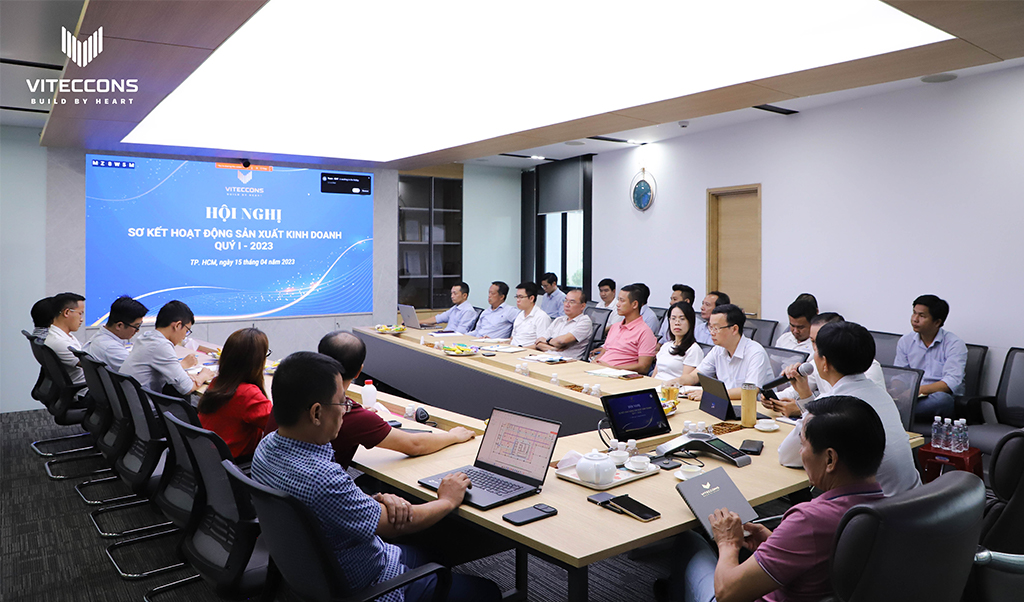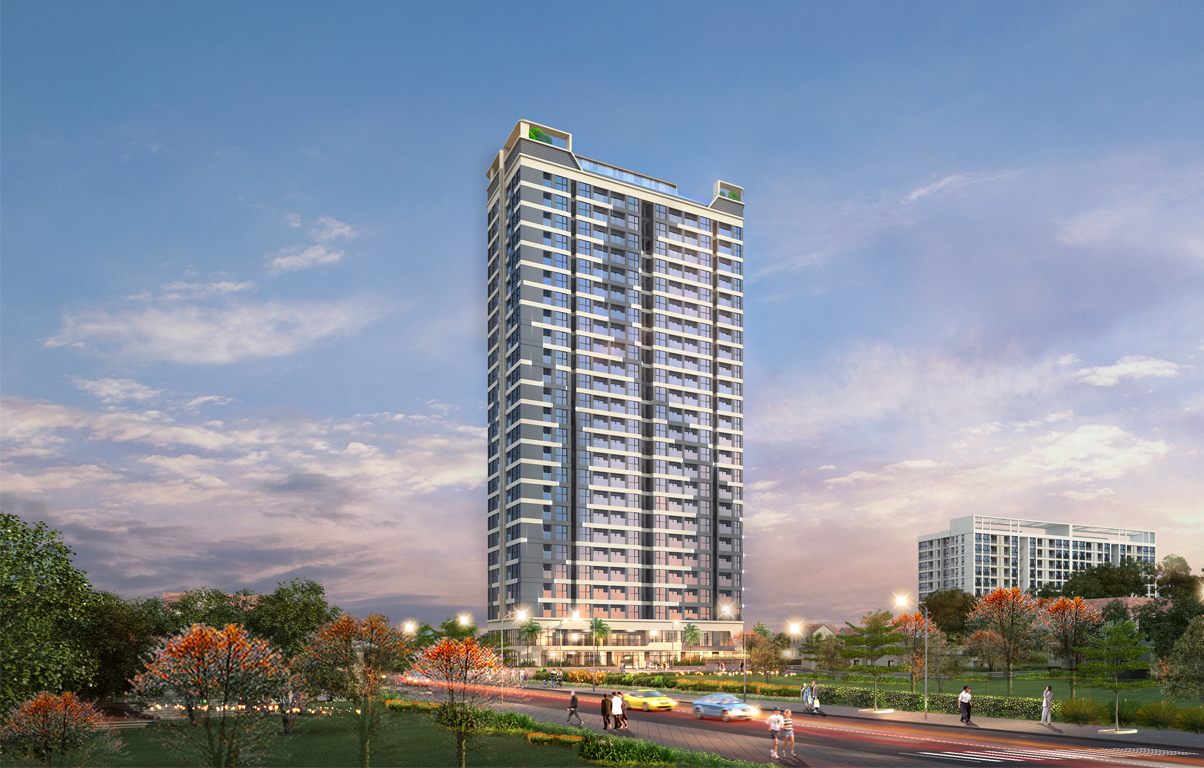X

Typical projects
Terrain stretching from the North to the South and being affected by severe climate make projects degraded quickly. This is most seen at projects with cracked outside wall surface, which is a very important coat to protect buildings but they must be regularly exposed to severe climate, weather changes throughout the year in Vietnam. It makes wall surface continuous shrinkage, and has a direct impact on the quality of the works such as cracks, blister, etc. resulting in penetration, unaesthetics as well as quick degradation of buildings.




Blistered walls are caused by weather and construction methods
Viteccons always understand that and be variable, creative to bring customers satisfaction. Therefore, the Company’s Board of Directors has appreciated and imposed two-layer plastering to outside walls for projects constructed by Viteccons.
Methods and technical requirements for two-layer plasteringof outside walls made by Viteccons in its projects:
Plastering thickness is from 10 - 20mm, upon plastering, it is divided into thin layers of 5-8mm. Typically, the thickness of a layer is not less than 5mm and not more than 8mm, because too thickly plastered layer will be swollen, blistered, and cracked. When stopping plastering, create a non-straight construction joint, the layer is cut perpendicularly. Before plastering, water walls.
1 layer: Skip the layer, 5mm-8mm thick.
2 layer: Plaster after the first layer24h and over. Complete the plastering surface in accordance with the mesh accepted and plastering process.

Watering for 1-layer plastered walls


 02-layer wall plastering
02-layer wall plastering
2-layer plastering for outside walls will increase the wall’s stiffness and reduce cracks.
After 1-layer plastering is complete, create roughness and maintain plastering surface, keep plastering surface wet for 5 to 7 days.
In addition, for large outside walls, draw a joint in accordance with the shop drawing, divide the joint at positions at which the walls are adjacent to concrete beams or columns to prevent cracks due to weather.

Wall surface after 2-layer plastering and joint drawing
For positions at which walls are adjacent to concrete structures such as beams, columns, etc. or cut positions for M&E system, to prevent cracks at adjacent positions, after completing wall construction, close the mesh at the above positions. Then, accept walls being closed mesh and… the walls in the axis before 2- layer plastering.


 Close the mesh at cut positions for M&E system
Close the mesh at cut positions for M&E system



 Close the mesh at positions adjacent to concrete structures
Close the mesh at positions adjacent to concrete structures
With the application of 2-layer plastering as well as latest, advanced construction methods, Viteccons has constantly improved the quality of the works in order to bring about sustainable and permanent values for the works constructed by Viteccons.




